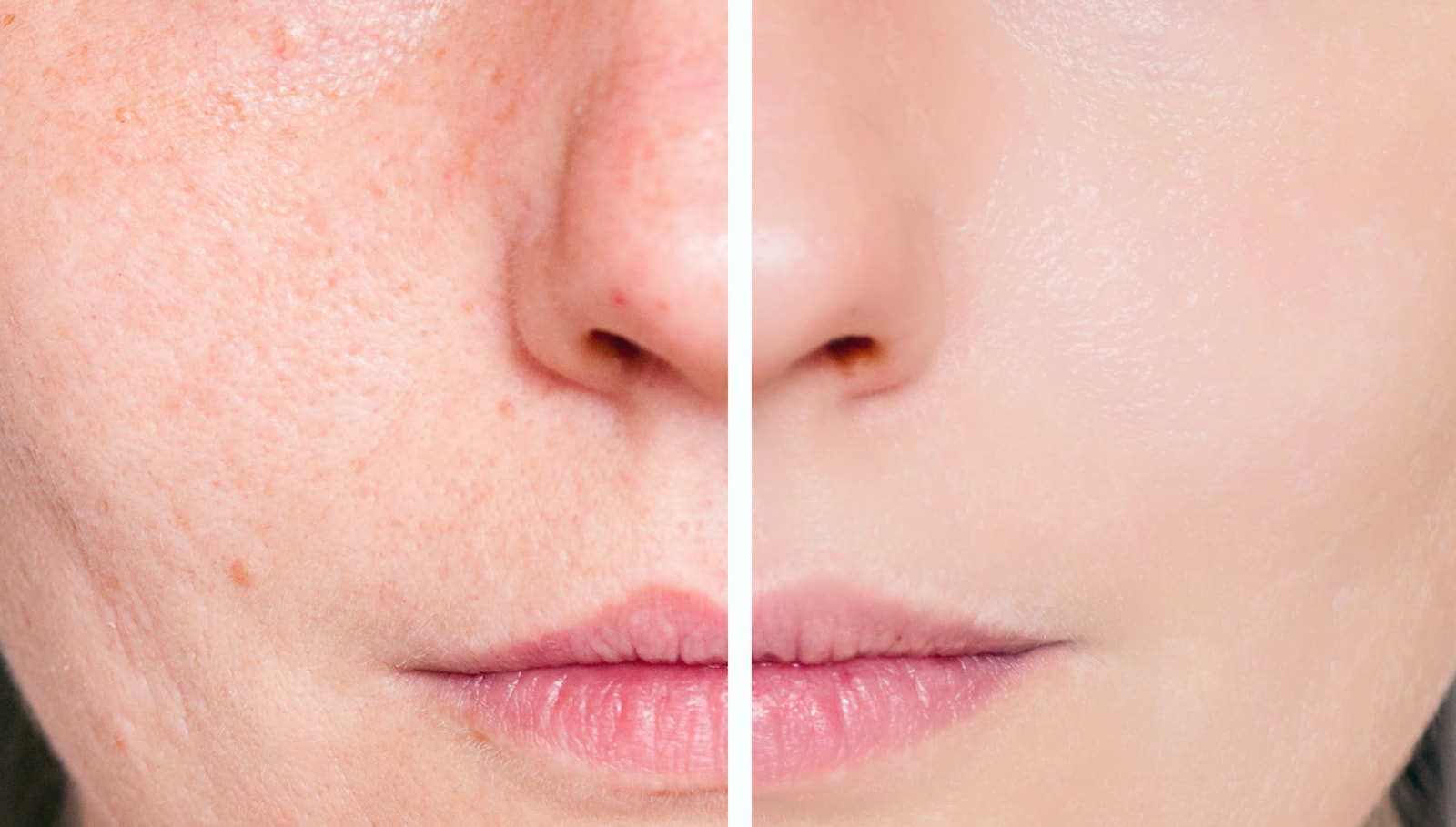Birthmark removal can include laser surgery or surgical excision depending on the type of birthmark, the severity of its condition and its location. Surgical excision is used to remove a brown, pigmented birthmark. An incision is made and the area containing the pigmented tissue is removed. In many cases, sutures are not required and the area will heal naturally. The laser method is most effective for vascular birthmarks and port-wine stains close to the surface of the skin. It involves the use of pulses of light to reduce the appearance of birthmarks.




